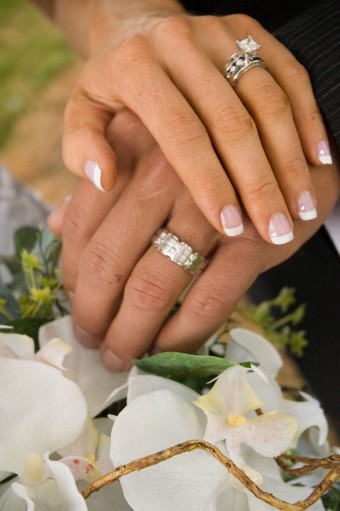An expensive meal at a fancy restaurant, a declaration of romance, and a big, fat diamond ring- this is a pretty standard formula for an engagement proposal. After all, it has been ingrained in all of us that a diamond ring equals love and the bigger the diamond, the more love there must be. Well, believe it or not, diamonds really aren’t all that rare. In fact, the reason diamonds cost so much is more due to savvy (and sometimes unethical) business practices and incredibly successful advertising campaigns than the actual inherent value of the stone based on supply and demand, something anyone who has actually tried to sell a diamond quickly comes to realize. Here now is the story of how and why we all fell in love with diamonds.
The first known diamonds discovered by humans happened about 700 or 800 BCE in India by the Dravidian people (who are still found today in southern India and Sri Lanka). In fact, this is where we get the unit of weight for diamonds, carats, from; they would weigh the diamonds in relation to the seeds of carob tree.
Diamonds appear in ancient tales dating back to at least 2500 years ago, including ones involving Alexander the Great and Sinbad the Sailor. Pliny the Elder, in his 78 AD encyclopedia Natural History, also spoke of diamonds. Eastern traders brought them to Europe, along with silk, spices, and other exotic goods, and they were used as valuable trade items. But those ancient diamonds weren’t the stunning, brilliantly cut stones we know today. They were dirty, rarely cut or polished correctly, and were often quite dull. The dazzling stones we recognize from modern times are put through labor-intensive cutting and polishing (which is where much of the real, albeit relatively small, value of all but the largest of diamonds actually derives from). As Joan Dickinson’s book The Book of Diamonds puts it, diamonds could lie around unnoticed for decades in the ground of India before a “knowledgeable eye (could) spot a diamond in the rough.” Even with diamonds being found in the jungles of Brazil in the early 19th century, and including India’s contribution, the entire world production of gem diamonds was only a few pounds per year at this point. That all changed in 1869.
Prior to 1869, South Africa’s main exports were wool and sugar, nothing that was rare or native exclusive to the region. There was really nothing there prior that interested Europe. (Hence why “The Scramble for Africa,” the nickname for the European takeover of Africa, didn’t begin until 1881.)


EmoticonEmoticon